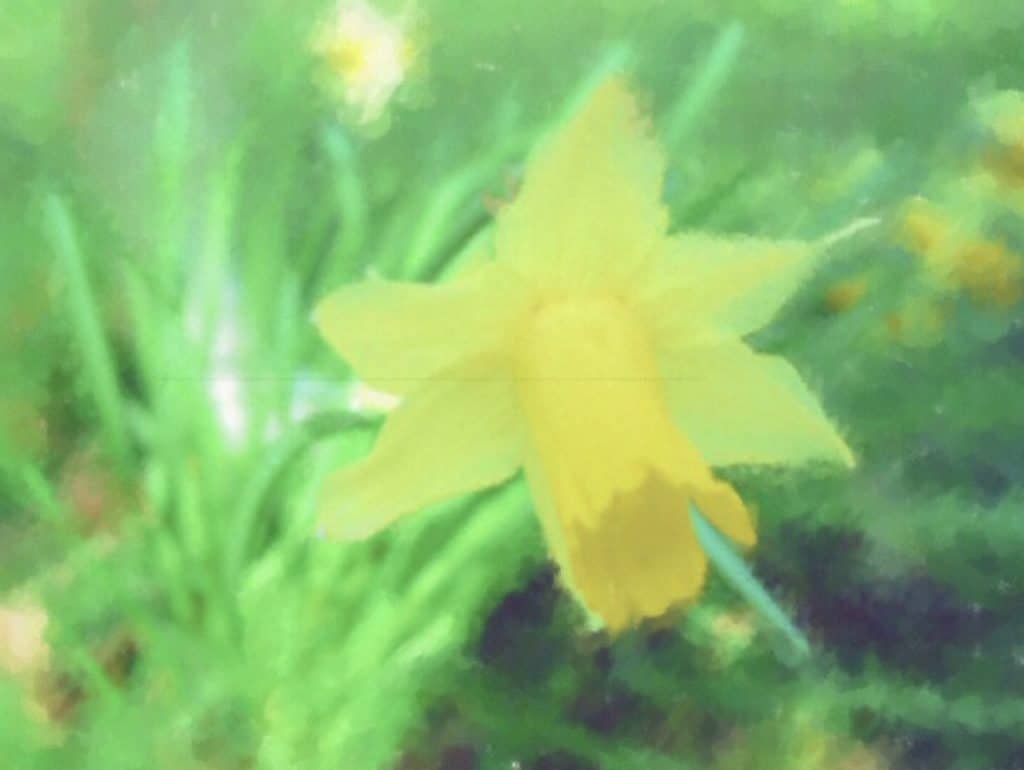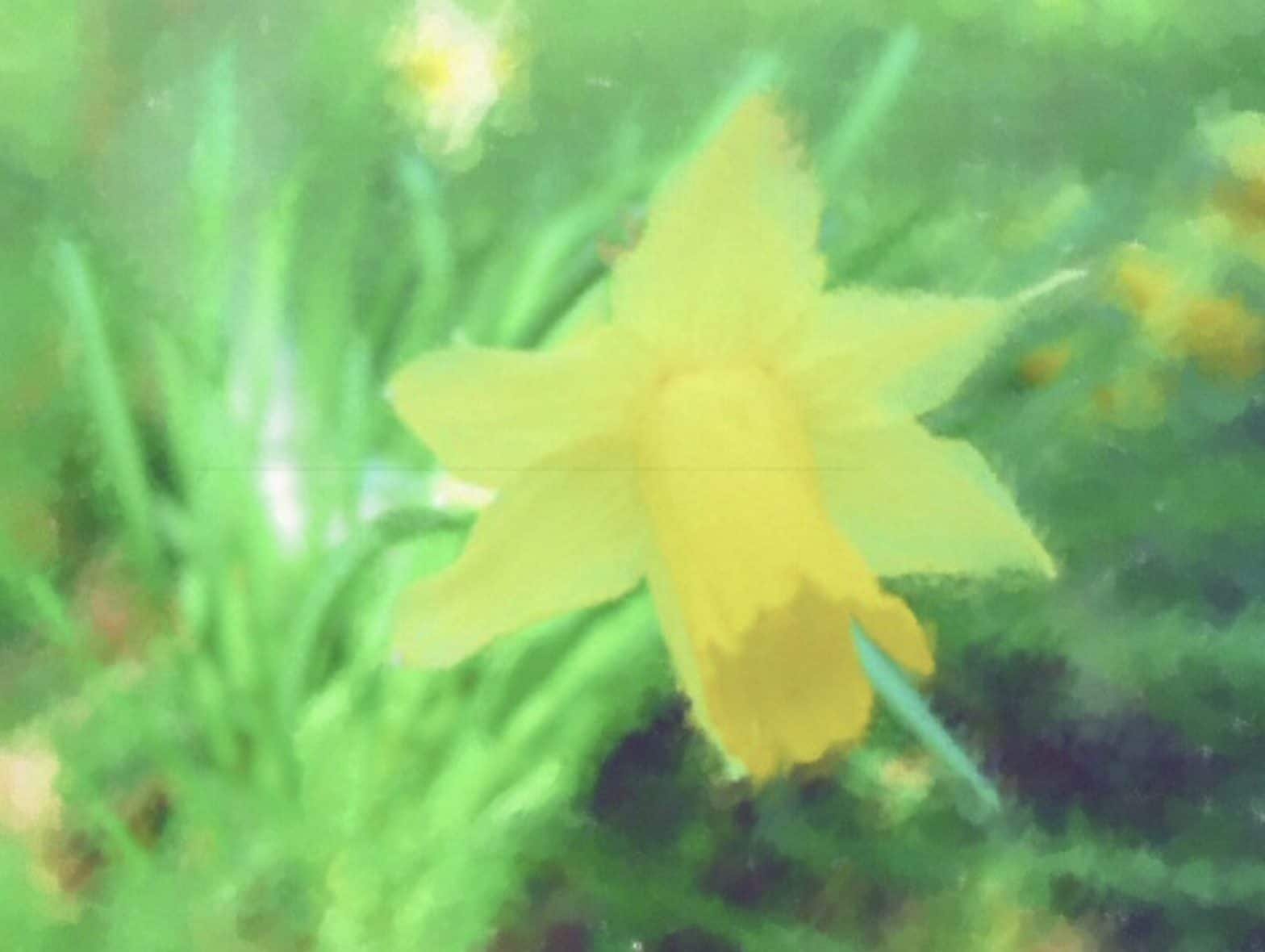
Daffodils Celebrating Spring’s Powerful Blooms
We all know those delicate flowers from early spring… a feast for the eyes after long winter months. Also known as Narcissus flowers.
Daffodils, their history and symbolism
Daffodils, scientifically known as Narcissus, are a genus of flowering plants that belong to the Amaryllidaceae family. They are known for their bright yellow and white flowers, typically blooming in early spring. The history and symbolism of daffodils are rich and varied, spanning different cultures and time periods.
History
Origin and Cultivation: Daffodils are native to Europe and North Africa. The wild species are thought to have originated in the Mediterranean region. They have been cultivated since ancient times, with evidence of their use dating back to the Greeks and Romans. In ancient Egypt, the flower was associated with the afterlife.
Cultural Significance: In various cultures, daffodils have been admired for their beauty and resilience. The flowers have been used in gardens and floral arrangements throughout history, symbolizing rebirth and renewal, given their early spring bloom.
Literary References: Daffodils have been featured prominently in literature, most famously in William Wordsworth’s poem I Wandered Lonely as a Cloud, which celebrates the beauty of a field of daffodils. This has contributed to their romantic and nostalgic associations.
Symbolism
Rebirth and Renewal: Daffodils often symbolize new beginnings and the arrival of spring. Their early bloom is seen as a sign of hope and renewal, making them popular during Easter celebrations.
Friendship and Affection: In the language of flowers (floriography), daffodils represent friendship and joy. They are often given as gifts to express admiration and appreciation for loved ones.
Fertility and Prosperity: In some cultures, daffodils are associated with prosperity and abundance. Their ability to bloom and flourish in harsh conditions adds to this symbolism.
Caution and Deceit: Interestingly, daffodils can also symbolize caution. Some species of Narcissus are toxic if ingested, leading to their association with caution and warning in certain contexts.
Cancer Awareness: In modern contexts, the daffodil has become a symbol of cancer awareness, particularly in the UK and Canada. The daffodil is used in fundraising campaigns to support cancer research and patient care.
Conclusion
Overall, daffodils are more than just beautiful flowers; they carry a deep historical and cultural significance that resonates with themes of renewal, friendship, and hope. Their bright colors and early blooms continue to inspire and uplift people around the world.
Flower Meditation
Credentials
Images mlaure
Video made with Canva
Growing Daffodils in our garden
Growing daffodils in your garden can be a rewarding experience, as they are beautiful, hardy, and relatively easy to care for. Here’s a guide to help you successfully grow daffodils:
Selecting the Right Variety
Choose from various daffodil types, such as:
- Trumpet Daffodils: Large central trumpet with petals.
- Double Daffodils: Frilled petals that resemble peonies.
- Tazetta Daffodils: Clustered flowers with a strong fragrance.
- Poet’s Daffodils: Smaller flowers with a longer stem.
Planting Daffodils
Timing: Plant daffodil bulbs in the fall, ideally 6-8 weeks before the ground freezes. In most regions, this is between September and November.
Location: Choose a sunny or partially shaded spot with well-draining soil. Daffodils prefer full sun but can tolerate some shade.
Soil Preparation: Daffodils thrive in loose, well-draining soil. If your soil is heavy clay, consider adding compost or sand to improve drainage.
Planting Depth: Plant bulbs about 6-8 inches deep, with the pointed end facing upwards. Space them 3-6 inches apart for best results.
Watering: After planting, water the bulbs thoroughly to help them establish. Daffodils don’t require much water, so be careful not to overwater, especially in the winter.
Caring for Daffodils
- Mulching: Apply a layer of mulch to help retain moisture and suppress weeds.
- Fertilizing: You can use a balanced fertilizer in the spring as new growth emerges, but it’s usually not necessary if your soil is rich.
- Deadheading: After blooming, cut off spent flowers to encourage energy to go back to the bulb rather than seed production. Let the leaves remain until they yellow and die back, as they provide nutrients for the bulbs.
Pests and Diseases
Daffodils are generally pest-resistant, but watch out for:
- Narcissus Fly: Their larvae can damage the bulbs.
- Snails and Slugs: These can nibble on the foliage, especially when young.
To prevent these issues, ensure good air circulation around plants and practice crop rotation.
Propagation
Daffodils can multiply naturally through offsets (bulbs that grow around the main bulb). You can also divide them every few years after they have finished blooming and the leaves have died back.
Enjoying Your Daffodils
Daffodils typically bloom from late winter to early spring, depending on the variety and local climate. You can cut some for indoor arrangements, but be sure to keep them separate from other flowers, as they can produce a sap that is toxic to other blooms.
By following these guidelines, you can enjoy a vibrant display of daffodils in your garden for many years to come!








